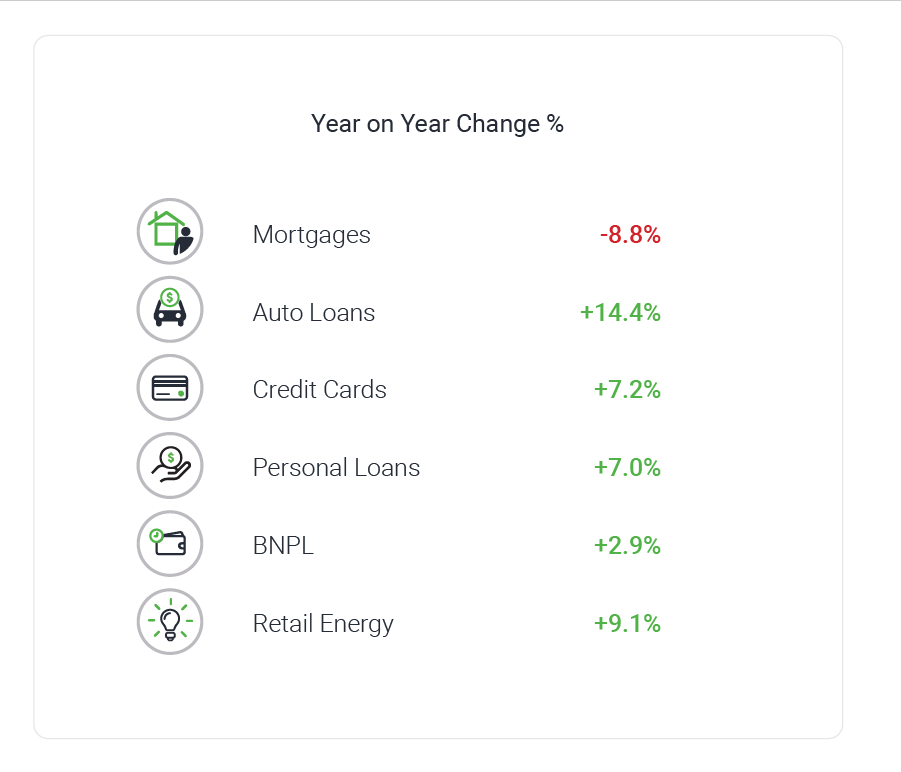Arrears have also increased

While the official cash rate held firm at 5.5% in October, with expectations of reduced inflationary pressures in 2024, the enduring financial landscape continued to influence credit trends for both Kiwi consumers and businesses.
Centrix’s October Credit Indicator showed that credit demand has rebounded above pre-pandemic levels, fuelled by auto loans, retail energy, credit cards, and personal loans; while arrears have also increased, approaching 2018 levels, from the historic lows seen during the aftermath of the COVID-19 pandemic.
Overall credit demand surged 5% year-on-year in September, driven by a 14.4% surge in auto loans, a 9.1% lift in retail energy, a 7.2% rise in credit cards, and a 7% lift in personal loans. Mortgage demand, meanwhile, was down 8.8% year-on-year, although there has been an upswing in enquiries post-election.

Over the same period, consumer arrears rose to 11.7% of the credit active population, a slight rise from 11.62% in August, with the number of individuals falling behind on their payments reaching 427,000. Year-on-year, these arrears levels are up by 10%, closely tracking levels observed in 2018.
“Interestingly, many of the discretionary spending arrears have trended downwards month-on-month, while essentials like retail energy arrears have climbed in recent months,” said Keith McLaughlin (pictured above), managing director at Centrix.
Mortgage and vehicle loan arrears have shown a worrying year-on-year increase, signalling potential financial strain on households, as these crucial payments are often the last to be delayed during challenging times.
“Turning to Aotearoa New Zealand’s business sectors, the challenges also run deep through most sectors – especially those in retail and construction,” McLaughlin said.
Across the board, company liquidations registered a year-on-year rise in September, as credit defaults continued to rise. The highest rate of business failures occurred within the initial five years of establishment.
Recent trends in business failures revealed that non-store retailing, such as online-only stores, had the highest rate, with nearly one in four new businesses established since 2020 closing, closely followed by clothing and footwear retailers. In fact, retail stores specialising in high-cost products like motor vehicles, electrical appliances, and household furniture face a greater risk of liquidation compared to other business sectors.
“It’s clear the current climate remains tricky to navigate for a lot of Kiwis. As discretionary spending continues to scale back, many retailers are beginning to feel the pinch,” McLaughlin said.
McLaughlin said that as the year draws to a close and the holiday season approaches, these concerns are likely weighing heavily on the minds of individuals across the country.
“For anyone who is worried about the credit or financial status, now’s the time to seek advice for mitigating any long-term damage to their credit rating,” McLaughlin said. “And for business owners, ensuring extra vigilance around who credit is extended to can help avoid any pitfalls of late payments or bad debts.”
Get the hottest and freshest mortgage news delivered right into your inbox. Subscribe now to our FREE daily newsletter.



